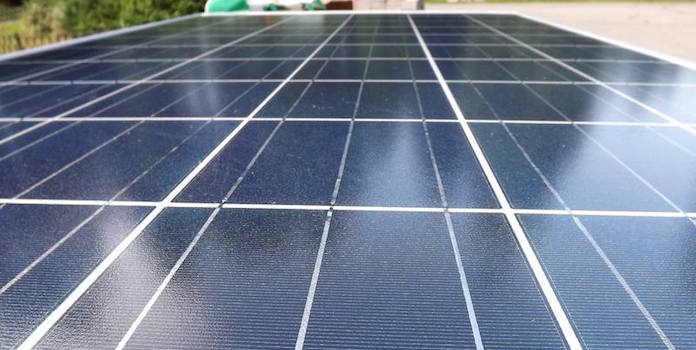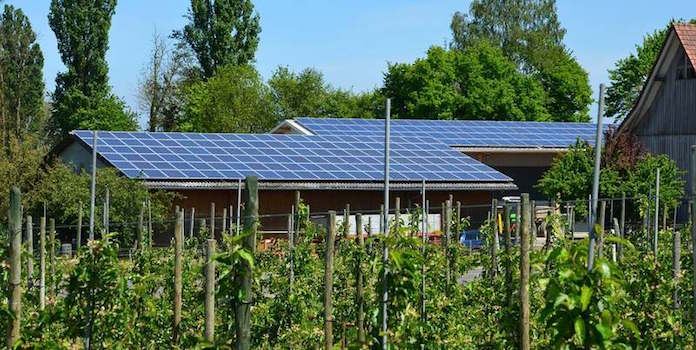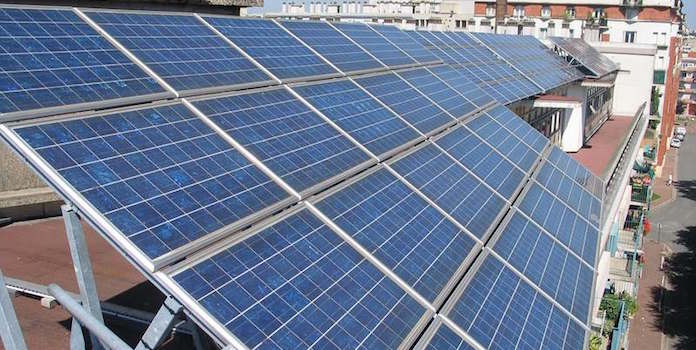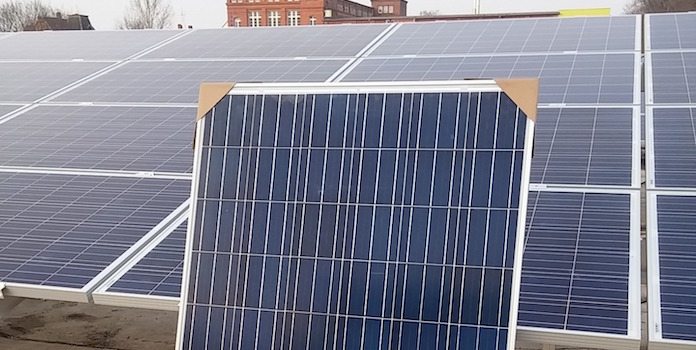Zero Down Solar: Is It Worth It?
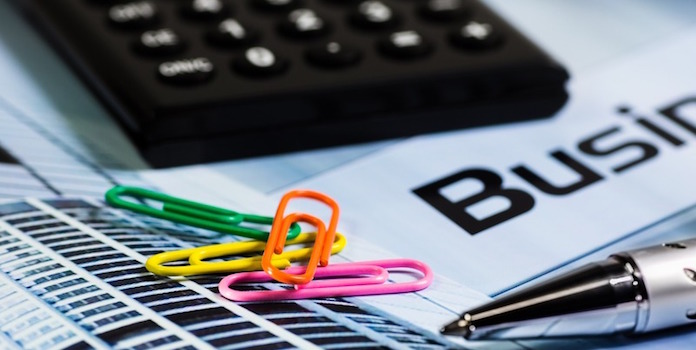
Financing zero down solar may seem like a great deal, but is it wise?
Zero down solar is simply financing your solar installation so that you (the homeowner) can avoid paying any cash upfront. With an average-sized 5kW solar installation costing around $15k, avoiding that huge payment seems like a great idea, right?
But how exactly do you go solar with no upfront payments, and how does it work? You’ve come to the right place!
If you want to avoid paying anything upfront, there are actually two different ways to finance your solar installation. Most people when they think about solar with no upfront payments, think about the solar leases or power purchase agreements (PPAs), collectively known as third-party ownership (TPO), that dominated the residential solar industry for years.
You might not be aware that there’s also another type of financing which is growing in popularity that also allows you to avoid that upfront payment: the solar loan.
Which one is better, TPO or loans? Well, let’s dig deep into both – as well as zero down solar in general – to see how they work, if zero down solar is even worthwhile, and if it is, which method is better.
How Does Zero Down Solar Work?
In the most basic sense, solar financing works because, with solar installations lasting for 20 to 30 years , it is actually cheaper to install solar and use the electricity it creates than to purchase electricity from the utility for those years. Since the total cost of a solar installation can be pretty pricey, this might seem crazy – but it’s true!
How does zero down solar actually work? Well, here’s a quick rundown of the entire lifecycle:
First, a solar company installs solar on your roof. Depending on how you finance, either your solar installer pays for the installation (for leases and PPAs) or your lender (for loans). What happens next depends on what option you chose:
For leases and PPAs, you pay your solar company back in monthly increments over the life of the agreement, typically 20 years. Unlike with loans, the goal isn’t to own the system. The goal is to reap the benefits of the system, ie use the electricity it produces to lower your utility bills.
This means that from Day 1, you want your total electricity bill (which includes your solar bill AND your remaining monthly utility bill) to be lower than what you would’ve paid the utility if you had never installed solar.
Quick example: Let’s say it’s been a blistering hot July and you’ve had the AC going full blast all month. You used a whopping 1300 kilowatt-hours this month! Your utility charges $0.12 per kWh, so you owe them $156. However, you were smart and installed solar. You pay your solar company $90 a month and your installation killed it this July, pumping out 1,000 kWh, leaving you to purchase 300 kWh from the utility ($36). So, instead of paying the utility $156, your total electricity bill is $90 + $36, for a total of $126.
Obviously, this is just an example so the numbers aren’t 100% accurate, but you can get the general idea of how solar saves you money.
As the years go by, your utility will increase rates (on average 2.6% annually across the US), but your monthly solar bill will stay the same (or if you have a yearly escalator, it will increase annually, but at a slower rate than your utility). This is the crux of solar savings. As each year goes by, you save more and more money.
Loans work a bit differently. You’ve taken out a loan to actually pay for the installation, which you want to own. Just like any other loan, you pay your lender back incrementally each month for the money you borrowed. Just like with leases, your total electricity costs (which is your utility bill AND your solar loan payment) should be less than what you would pay the utility if you hadn’t installed solar.
Unlike leases, though – which you pay until your contract is over – with loans there is light at the end of the tunnel. Once you’ve paid off your loan and recouped your investment from your monthly savings, that’s when you really start to save, since you’ll completely own your system outright and will be producing absolutely free electricity for the remainder of your installation’s life (which, as we already stated, should be about 25 years).
So depending on when you recoup that investment, you could have 10 to 15 years of completely no-cost electricity!
And that’s how it works. I know all this can sound confusing, but if you remember only one thing, make it this: installing solar panels on your roof is actually cheaper than continuing to purchase electricity from the utility over the next 20 to 30 years – even with the additional costs of financing!
Need a little bit more background on the different types of financing? Let’s look into that now!
Solar Leases and PPAs: The Old Standard for Zero Down Solar
As mentioned, with third-party ownership, your solar installer pays for the whole installation, which you pay back in small monthly payments over the life of the contract, typically 20 years. Your installer retains ownership of your installation (hence the name), so they’re responsible for all maintenance and repair. However, as the owner of ‘your’ installation, they get to enjoy all the tax benefits as well, not you, which ultimately cuts into your long-term savings.
Large installers like SolarCity and Sunrun typically have the capacity to offer both leases and PPAs, but usually only offer one in a single state depending on legal requirements (some states don’t allow PPAs and vice-versa).
At the end of your contract, you’ve basically paid for the entire cost of the installation (as well as the company’s profit) and you have a few options available:
- You can continue your lease on a year-to-year basis.
- You can purchase your installation for little to no cost (since you’ve pretty much already paid for it).
- You can have the installer come and remove the system from your roof.
Depending on your utility rates, your average increase in utility rates each year, and the amount of sunlight in your area, TPO can be a great investment or a really poor one, saving you thousands or barely any. To find out if they’re right for you, you’ll need to talk to a few installers who offer TPO in your area.
Solar Loans: Zero Down and Own the System
If you live in an area with lots of solar, it’ll be pretty easy to find an organization that offers solar loans. Banks, credit unions, big installers, and even dedicated solar loan companies all offer some kind of solar loan these days.
You can either finance the entire installation or make an initial down payment to decrease your monthly bills (and therefore lower your total financed amount, which lowers your interest payments and saves you money over the long term).
Unlike TPO, if you finance with a loan, you own the installation. You get to take advantage of all the federal and state tax credits and add value to your home as well. However, as the owner, you’re also responsible if something stops working. Your panels and inverter have long-term warranties, so there’s not too much to worry about, but it could cause a few headaches down the road.
How much money you can save with a solar loan depends on your loan’s interest rate and term length, as well as your utility rates, how much utility rate increases each year, and the amount of sunlight in your area. In general, solar loans allow you to save more money over the life of your installation than TPO.
You might be wondering, if solar loans are a better deal, why are solar leases so popular? It’s pretty simple: back in the late 2000s when solar leases really started to explode, there simply weren’t many companies offering solar loans. Over the last 10 years, as rooftop solar has gone from a ‘hippie, green thing’ to a much more common financial investment, solar lenders have popped up to fill that need.
In fact, while TPO used to be the dominant financing type for residential solar – accounting for 72% of the entire residential solar market in 2014, ownership (both cash and loans) is pushing its way to the top as more and more homeowners are seeing the benefits of actually purchasing their own installation. Industry analysts even predict that loans could account for half of all residential solar by 2020. All this to say, solar loans are pretty cool!
Who Offers Zero Down Solar?
Who offers zero down solar depends on what kind of financing you want. If you’re interested in a loan, pretty much any solar installer – big or small, national or local – can handle it, since you can simply go to a bank or credit union and take out the loan yourself, then have them install the system.
If you want a lease or PPA, it’s a different story. TPO requires companies to have huge amounts of initial capital to pay for all those solar installations up front, so small local installers really can’t afford to get into this game. You’ll have to look to the big national installers like Sunrun and SolarCity (who literally started the solar lease business). They’ve got the kind of financial backing and investment that a company requires to offer thousands of solar leases.
You’ll Save More With a Cash Purchase
While zero down loans and leases are certainly appealing, we wouldn’t be a reputable solar site without saying that paying cash upfront is always the best financial decision. Oftentimes, your total financial savings will be doubled, or even tripled, with a cash purchase.
Of course, you also have to foot that entire installation cost upfront – which, if you’re reading this article on zero down solar, probably isn’t something you’re interested in – but it’s certainly important to note that you can and will save more money with a cash purchase.
Is Zero Down Solar Worth It?
So the main question: is zero down solar financing worth it? And if it is, which one is better: leasing or loans? To help us decide, let’s take a look at the pros of zero down solar.
Pros:
- First the big one: no money down. With an average installation cost coming in around at least $15k (5kW system at $3/watt), need we say more? That’s enough of a pro, right?
- With third-party ownership (leases and PPAs), you don’t own the system so all maintenance and repair work will be taken care of by your solar installer. This means you get to sit back and enjoy life. However, it also raises an important drawback as well…
Drawbacks:
- If you finance with a lease or PPA, you aren’t eligible for the federal tax credit. This means you’re paying full price for your installation when you could get it for a 30% discount. Boo. (As mentioned, this is not the case with loans.)
- Those dang interest rates and lease fees that lower your total savings so much. You’ll always save more with a cash purchase.
Knowing all that, if cash wasn’t an option and we had to choose between solar loans and solar leases/PPAs, we’d pretty much choose the loan every time. You pay zero down, your savings will typically be higher than with TPO, AND you add value to your home.
So are solar loans worth it? You bet! Be sure to talk to several installers and loan companies to get the best deal, read all the contracts carefully, and generally know what you’re getting into. Solar is a long-term investment and you want to be sure you’re on the path to financial savings before you put your walking boots on.

